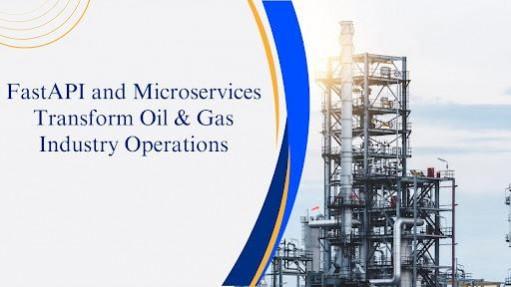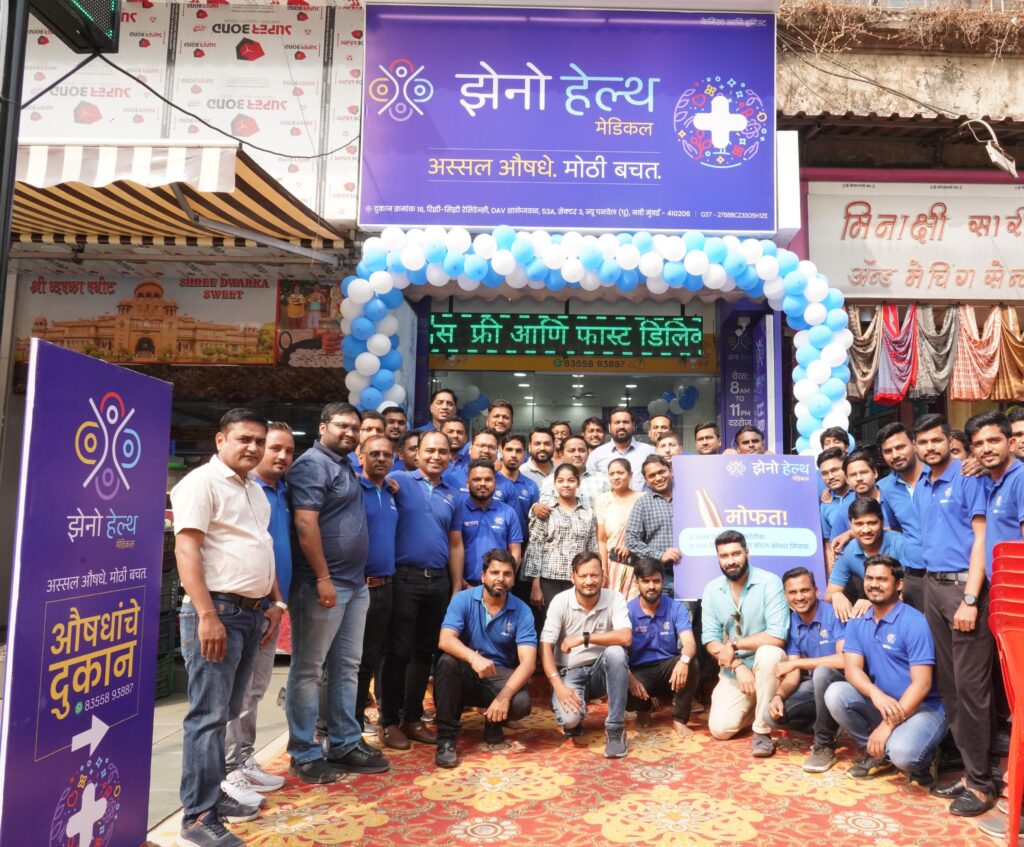
In a groundbreaking research paper published in the International Journal of Computer Engineering and Technology, researcher Nihitha Sallapalli from the United States explores how microservices architecture and FastAPI are revolutionizing the oil and gas industry’s complex workflows. The research reveals significant improvements in system performance, scalability, and operational efficiency.
The Data Tsunami Challenge
Oil and gas platforms generate 2 terabytes of data daily across 30,000 data points, overwhelming traditional systems. With global production at 95 million barrels daily, the industry needs more adaptable solutions to manage and process this massive data volume effectively.
Breaking Down the Monolith
Microservices architecture revolutionizes operations by breaking down complex applications into independent, API-connected services. This approach enhances crucial functions like land ownership tracking, well monitoring, and production forecasting. Each service can be scaled and updated independently, efficiently managing data across millions of acres and thousands of stakeholders without system-wide disruptions.
Speed and Efficiency Unleashed
The implementation of microservices has delivered remarkable improvements in operational efficiency. Processing times for ownership transfers have decreased by 70%, while system response times have improved by 83%. The ability to handle concurrent requests has increased by 350%, enabling better real-time data access and enhanced user experience. Financial reconciliation processes that previously took six days are now completed in just 18 hours, representing an 87.5% improvement in processing speed.
FastAPI: The Performance Catalyst
FastAPI has revolutionized oil and gas operations with its exceptional processing power, handling 30,000 requests per second on a single server. The framework’s advanced asynchronous capabilities significantly improve efficiency, reducing development time by 38% and testing time by 55%. This high-performance solution proves essential for managing the industry’s massive data volumes, enabling smoother operations and faster data processing across multiple platforms.
Development Excellence
The adoption of microservices has transformed the development lifecycle. Development cycles have shortened by 62%, code reuse has increased by 48%, and bug resolution time has decreased by 72%. Teams can now work on individual services independently, making updates without disrupting the entire system. Critical updates that previously required full-day system downtimes can now be deployed in just two hours, reducing the risk of system-wide failures by 92%.
Resource Optimization
The shift to microservices architecture has led to substantial resource optimization. Organizations have reported a 40% decrease in energy consumption for data processing through more efficient resource allocation. Real-time updates and monitoring capabilities have reduced operational waste by 30%, translating to significant cost savings. Predictive maintenance algorithms, running as independent microservices, have improved equipment uptime by 25%, further enhancing operational efficiency.
Data Management Innovation
The microservices approach has revolutionized how companies handle their data processing needs. Well performance monitoring systems can now process data from tens of thousands of wells simultaneously, with each well potentially generating hundreds of data points per second. The architecture allows for real-time visibility into operations, increasing operational insights by 70% and enabling faster, more informed decision-making processes.
Future-Ready Architecture
As the industry continues to digitize with investments in digital technologies expected to reach $75 billion annually, microservices architecture stands as a cornerstone of modern oil and gas operations. The combination of microservices and FastAPI provides the scalability and flexibility needed to handle growing data volumes and complex workflows efficiently. This technological foundation enables companies to adapt quickly to changing market conditions and regulatory requirements while maintaining optimal performance.
The research by Nihitha Sallapalli demonstrates that microservices architecture and FastAPI are not just technological improvements but essential tools for maintaining competitiveness in the evolving energy sector. These innovations provide the foundation for more agile, efficient, and scalable operations in an industry that continues to embrace digital transformation, ultimately driving improved competitiveness and operational efficiency in the dynamic energy sector.
 Panvel, 27th December 2024: Zeno Health, India’s leading omnichannel platform for quality and affordable generic medicines, recently launched its 182nd store at Panvel, further expanding its presence in Maharashtra. The new store was inaugurated by Sameer Balashet Thakur, Corporator at Panvel Municipal Corporation (PMC), who was the chief guest at the ceremony.
Panvel, 27th December 2024: Zeno Health, India’s leading omnichannel platform for quality and affordable generic medicines, recently launched its 182nd store at Panvel, further expanding its presence in Maharashtra. The new store was inaugurated by Sameer Balashet Thakur, Corporator at Panvel Municipal Corporation (PMC), who was the chief guest at the ceremony.







